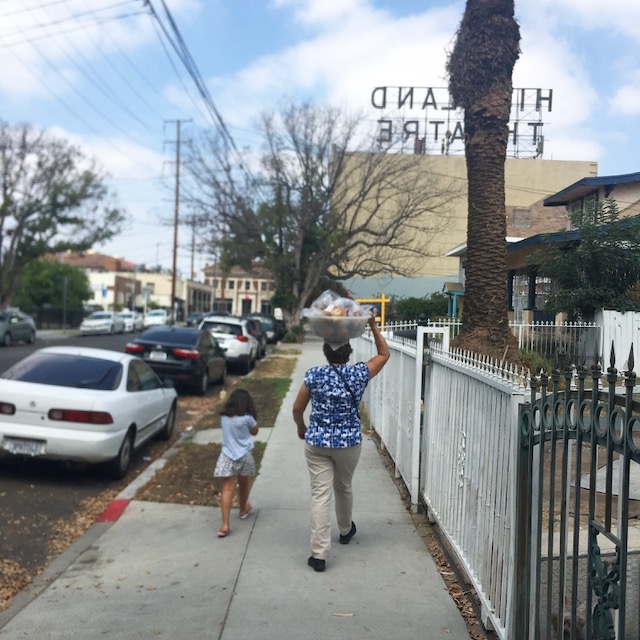Welcome to Snapper Fridays. In this emerging column, we make an exception to our generally positive posts and call things out for the greater good. For this week’s installment, our Editor sets The New York Times straight on an article the newspaper published about his barrio, Highland Park.
[dropcap size=big]H[/dropcap]ighland Park is my barrio.
That is a powerful sentence from someone who was born and raised in the pride-heavy neighborhoods of East Los Angeles and San Gabriel Valley.
I’ve walked up and down Figueroa Street from Avenue 50 to York every single day since I moved here a block away from the main corridor seven years ago. Yes, I’ve seen pupusa shops become beer bars, quinceañera halls become Mediterranean restaurants, but I have also seen panaderias and Latinx juice shops grow with the changing neighborhood and get a second life. I greet the owners of all the immigrant-owned nail shops and salons who still have a stronghold here—eight within a four-block radius.
I loudly say “con permiso” to the occasional clipboard-carrying real estate agent or filming location scout and their group of people who stand in the middle of the curb and expect me to go around them. Through time, I also earned the respect of all the remaining veteranos who post up in front of their house on Figueroa’s cross streets. I give fistbumps to the legion of doormen in front of all the new bars who commute from South Los Angeles. I also smile back at many of Figueroa’s passerby who can’t help but smile when they see my seven-year-old Old English Sheepdog-Saint Bernard Mix. In case you were curious, it was in February of 2017 when Highland Park stopped being “white on weekends only,” which is usually the calm before the storm before a neighborhood completely changes.
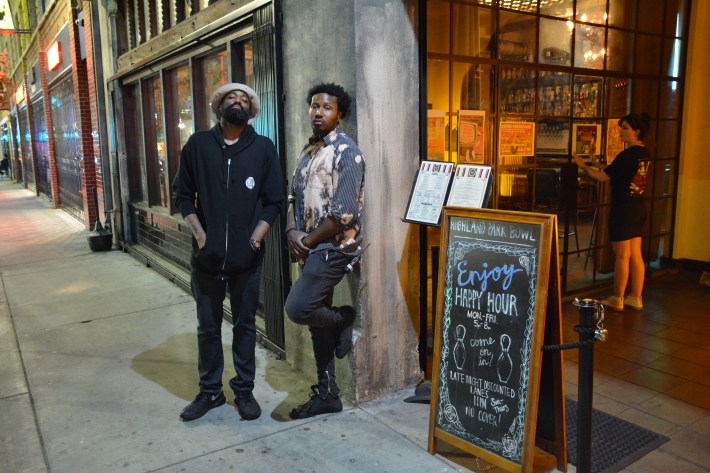
I walk to Feli-Mex Market on a weekly basis to buy limones and serranos but I also buy organic masa from Kernel of Truth Organics from Boyle Heights at Cookbook market. I absolutely love where I live but where I live does not love me. My landlord on my rent-controlled apartment has tried to intimidate my wife and I to make us move out several times. When my old neighbor left their two-bedroom standalone house with a huge yard, front porch, and laundry, my landlord nearly doubled the rent and still, it didn't even last a day in the market.
We respect your use of bodegas in New York and we kindly ask that when you are in our city, please respect our vernacular and address our convenience stores the way they have been called for generations: liquor stores.
All of these things are part of life when you grandfathered your way to 2019’s Highland Park, a neighborhood that everyone wants to live in all of a sudden and for better or for worse, is synonymous with gentrification. Despite the complicated relationship that I have with my neighborhood, as long as I’m still here, I will stand up for it.
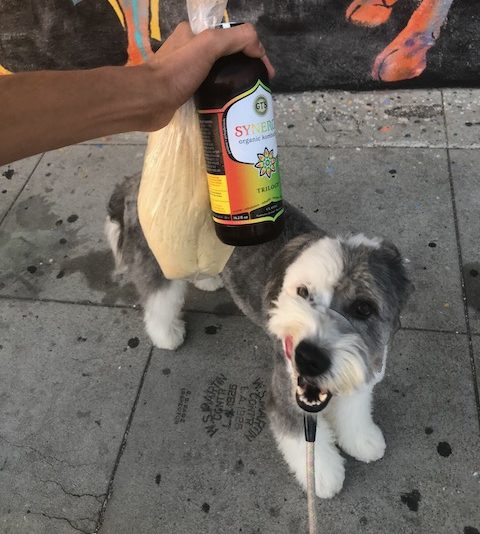
Which brings me to the article published this week by The New York Times headlined “Highland Park, Los Angeles: A Watchful Eye on Gentrification.” As a writer-turned-editor, I understand that the topic of gentrification is not an easy one to cover, let alone in a single article. But there is no excuse for the glaring mistakes—both of the cultural and factual variety—that I couldn’t believe were published. NYT, don’t worry, you can call me out too if I write an article about anywhere in New York and I do the same.
The author and the subjects emphasize their love of Highland Park’s diverse, mostly-Latinx community but feature zero diverse voices.
Frank Shyong of L.A. Times tweeted it best: “We need to stop fumbling the story of gentrification. One thing that's pretty simple to do, but seemingly never gets done, is to actually include longtime residents of the neighborhood that are being displaced or worried about it.”
It’s a little more work, I know, but if you’re going to write a story about neighborhood and gentrification. It might be a good idea to reach out to at least one token old-school Latinx resident to get their wildly valuable input in their community as it changes.
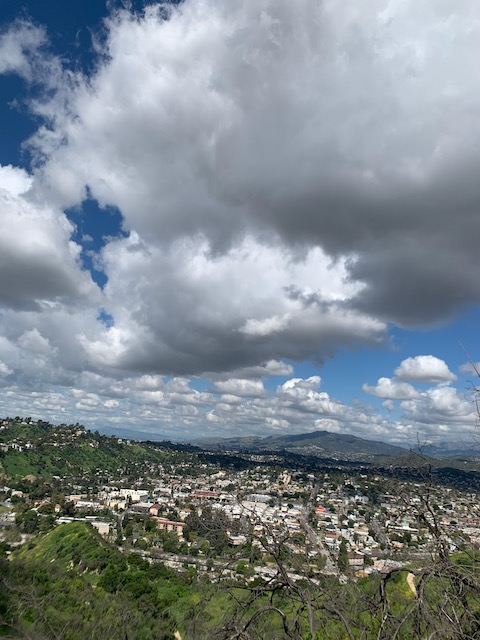
There is only one “artisan bakery” in the neighborhood.
Mr. Holme’s Bakehouse, the hype-heavy bakery from San Francisco that opened on Avenue 59, is the only new-school establishment that focuses on bread and hence can be labeled an “artisan bakery.” Other establishments like coffee shops may offer good pastries or sandwiches on good bread, but that is not a bakery.
Elsa’s is the only panaderia known to have closed and changed into a new-school business.
Like in the earlier incorrect use of a plural noun, the reporter commits the mistake twice with panaderia. In nearly eight years of living here and trying pan dulce from all the bakeries, Elsa’s is the only bakery that has closed to make way for a business catering to the new demographic. Also, what a missed opportunity to feature how Highland Park is actually home to Delicias, a unique old-school panaderia that have successfully adapted their menu to grow along with the neighborhood by being the first to offer vegan pan dulce. The same can be said about La Monarca’s outpost on Figueroa. Where do you think all of the work-from-home laptop warriors go when they want WiFi and air conditioning but can’t afford a $6 latte?
You can make fun of the way we add articles to our freeway numbers, but no more traffic ETA hyperboles, please.
Respect our liquor stores and corner markets by not calling them “bodegas.”
We respect your use of bodegas in New York and we kindly ask that when you are in our city, please respect our vernacular and address our convenience stores the way they have been called for generations: liquor stores. It's not our fault your state doesn't allow the sale of liquor in convenience stores. Like neighborhoods, style guides are subject to change as well. We even published a trusty guide to using liquor vs. tiendita vs. bodega vs. mini-market according to regions. The resources are there.
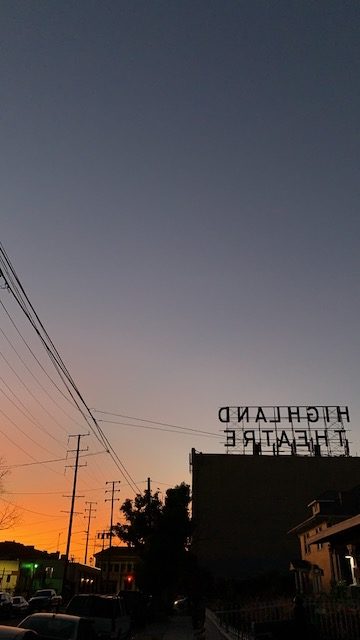
Even during a Dodger game in evening rush hour, it definitely does not take “about an hour” to get from either Ave 57 or York’s 110 freeway entrance to downtown Los Angeles. Let alone “an hour and 50 minutes” to get to the Westside or “35 minutes” to get to Union Station from the Highland Park metro station on the Gold Line.
Ask any native or longtime resident of Highland Park and they will probably raise an eyebrow at that time estimate. Hell, it took me 57 minutes to get from Highland Park to fucking “Mother’s Beach” in Marina Del Rey during peak evening rush hour last week. Also, as a proud Metro user since third-grade, I can assure you that once you are on the Gold Line in the Highland Park station, you will get to Union Station in 20 minutes or less. You can make fun of the way we add articles to our freeway numbers, but no more traffic ETA hyperboles, please.
Greedy landlords, sneaky and predatory 'retenanters' who lie to get access to those landlords in hopes of kicking out working-class POC tenants, and the Ellis Act are just some of the essential and crucial elements that a reporter and editor have no excuse to conveniently omit when publishing a story about gentrification in Southern California.
It addresses gentrification without really addressing gentrification.
Many brought this up online, but “Spanish-speaking businesses” don’t just “shutter,” they are forced out. If you’re going to put “Gentrification” in the headline, you must address at least one or two of the systemic challenges that cause gentrification. Greedy landlords, sneaky and predatory retenanters who lie to get access to those landlords in hopes of kicking out working-class POC tenants, and the Ellis Act are just some of the essential and crucial elements that a reporter and editor have no excuse to conveniently omit when publishing a story about gentrification in Southern California.
There are many anti-gentrification groups in northeast L.A with social media presence with invaluable insights that are just a DM away.
